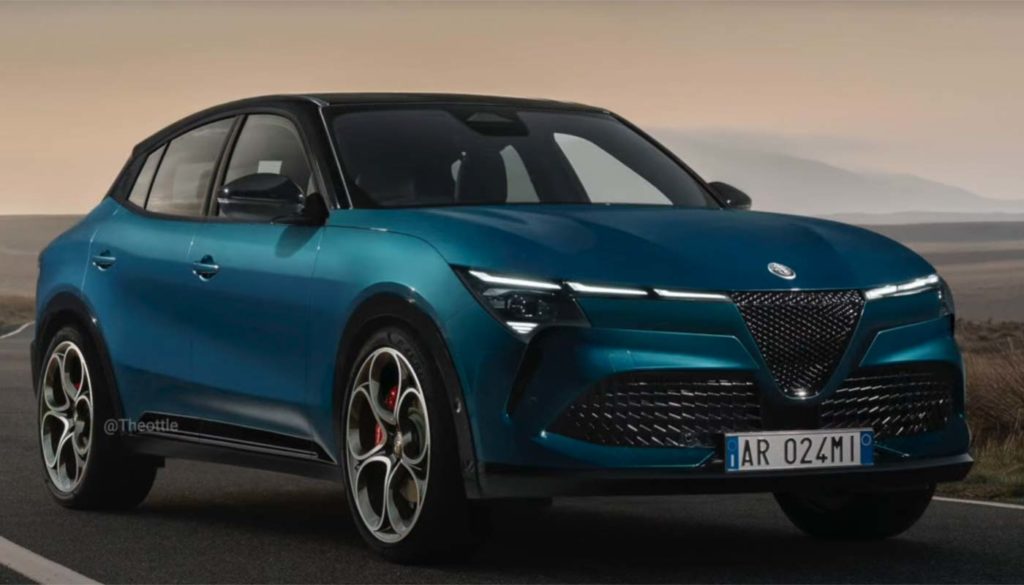AUTONEWS
 Brakes are the biggest villains
Brakes are the biggest villainsModern gasoline and diesel engines emit some pollutants, but the biggest problem is excess CO2, and although carbon dioxide is not a pollutant - humans expire it several times a minute - the truth is that global warming and climate change are an even more serious problem.
This is about a "detail" that has gone unnoticed, another type of pollution that is particularly dangerous and which (almost) nobody cares about. At least, until now: the one that is released by the braking systems. When a vehicle actuates the brakes, it basically transforms kinetic energy into heat, by friction of the brake pads on the discs. The wear and tear is obviously greater the higher the speed and weight of the vehicle, but the problem is that black powder that so much dirty the wheels.
Studies have shown that in the urban environment 55% of PM10 particles (particulate matter less than 10 microns in diameter), not related to exhaust gases, are caused by brake wear, accounting for 21% of the total, if we include the result combustion of the engines. With tire dust being also an important (but not so much) source of particles. As might be expected, the emission is lower on the road and, especially, on the motorway, because of the lower use of the brakes per kilometer traveled.
The particles emitted by the wear of the discs and tablets are essentially of metals like iron, copper and manganese. But until the study published in January 2017 by Environmental Science & Technology, it was not clear how these metals entered the bloodstream, causing huge health problems. It is now known that the responsibility lies in the sulfates that exist in the air, resulting from sulfuric and nitric acids, which dilute these solid metal particles, which are then "breathed" by humans, entering the bloodstream through the lungs.
Having said this, the tests that Volkswagen is carrying out are basically of the greatest interest, basically installing particulate filters on the brakes. For now, they are mounted on each of the four wheels of a GTD Golf prototype that is circulating in Germany, where 10,000 tons of brake particles are emitted each year. The filters use a special network to capture up to 80% of the particles (PM10 and higher), being still resistant to high temperatures and designed so that the brakes (disks and partitions) do not exceed the ideal operating window, above which the wear is even higher.
When they are ready to be assembled in series in new vehicles, which according to the manufacturer Mann + Hummel will happen already in 2021, the brake filters will also be able to be mounted in old vehicles, still in circulation, therefore only a fast improvement is obtained of the air you breathe. Ideally, however, it would be possible to find a solution to set up similar systems in trains and especially in metropolitan areas, where the concentration of particles tends to be even higher.

Nenhum comentário:
Postar um comentário